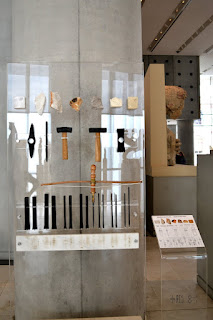The Archaeological Museum in Chania was founded in 1962, after the building it is in had served as a store house, a cinema and a mosque (dedicated to Yussuf Pasha) during various times in the island's history. The building was originally built as the church of St. Francis of the Franciscan monastery most likely established in the C13th and displays rare Mediterranean Gothic features.
We visited in September 2011, on the back of the 14th National Speleological Meeting… excerpts from my diary follow:
After so many years, I get to go to the Chania Museum. The visit was made in far from ideal conditions – not enough time and both girls with us. The museum itself is built / housed in the old Franciscan church a the centre of an old Franciscan monastery dating to the 13th Century, if I am not mistaken.
Unfortunately, the guards were not so well informed as to what is original and what is restoration, which is a pity as I am not sure I have seen better gothic ribbed vaulting in Greece.
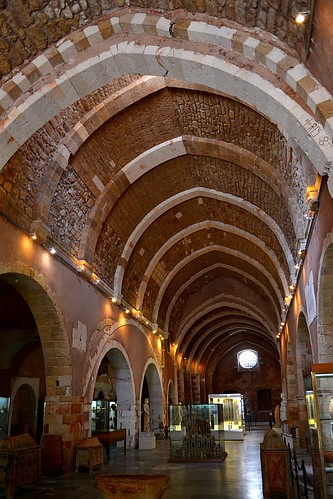 |
| General view of the nave / main hall |
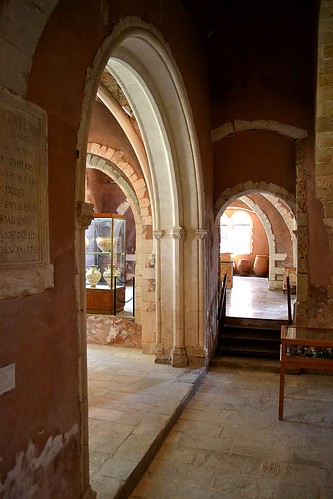 |
| Gothic arches in the museum |
 |
| Ablution fountain in the garden |
The tourists from Northern Europe have no idea of the rarity or peculiarity of this and indeed of all gothic features. The museum itself has finds from all over western Crete, famously from the palace at Kydonia itself and from various other locations. It also houses the Mitsotakis collection, which is basically huge and spans all eras of Greek history. Especially notable is a bronze bowl, bearing an inscription in Linear A – apparently the only surviving bronze object to have been thus inscribed. The LED lights positioned to highlight the inscription were not working, so I did not actually see it well enough to photograph.
 |
| The bronze bowl, suffering from the LED malfunction |
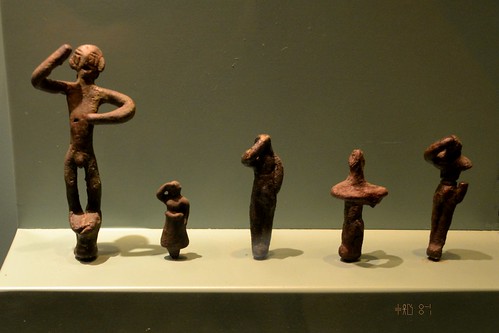 |
| Bronze adorants from the Mitsotakis collection |
Unfortunately, beyond the Mitsotakis collection, very little else is published and therefore very little else is permitted to be photographed.
The bull offerings from a rural sanctuary in the Chania prefecture are actually unpublished and not allowed to be photographed, and yet it is in such small letters that unless the guard is actually next to you it is very difficult to know that you have gone astray.
 |
| oops! |
For me, and no doubt for many Minoan fans, the highlight of the museum is on the left about a third of the way in – a sealing impression, in clay, showing the so called Lord of Kydonia – an amazingly crafted scene, which may indeed represent the town of Chania, some three and a half thousand years ago…
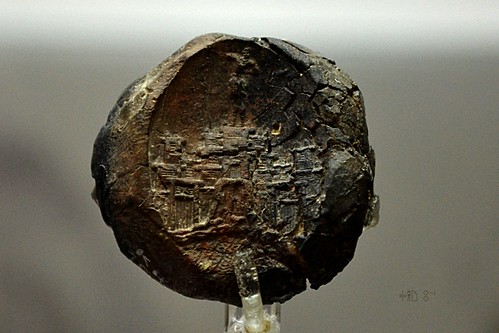 |
| The Lord of Kydonia |

and explanation:












.jpg)
